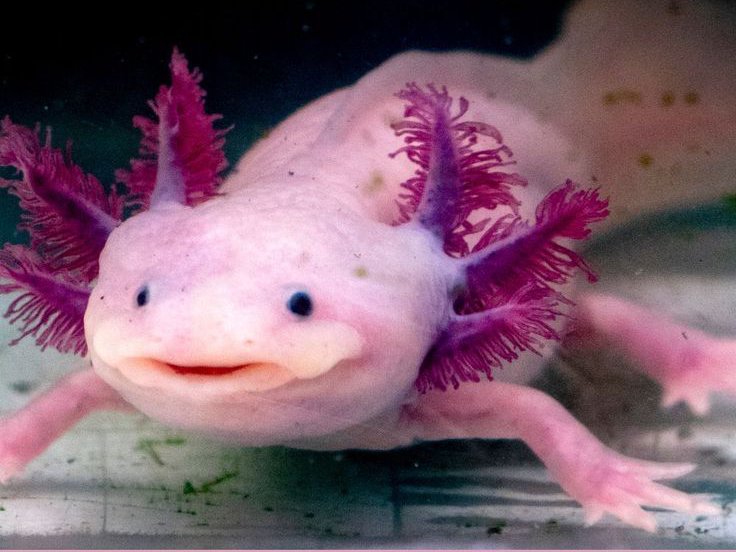
With their cute feathery gills, permanent smiles, and almost mythical appearance, axolotls have become one of the most fascinating exotic pets you can own. Native to lakes in Mexico, these aquatic creatures are actually salamanders that retain their larval features for life — a trait called neoteny.
But while axolotls may look simple and low-maintenance, proper care is essential to keeping them healthy and thriving in captivity. This guide covers everything you need to know about how to care for an axolotl, from tank setup to feeding and long-term care.
What Is an Axolotl?
Axolotls (Ambystoma mexicanum) are amphibians that live their entire lives in water. Unlike other salamanders, they do not undergo full metamorphosis and remain aquatic with external gills. In the wild, they’re critically endangered — but in captivity, they’re bred for both scientific and pet purposes.
Tank Setup: Giving Your Axolotl the Right Home
Axolotls need a fully aquatic habitat, and getting the tank right is the foundation of good care.
-
Tank size: A single axolotl needs at least a 20-gallon tank. More space is better, especially if you plan to keep more than one.
-
Water temperature: Keep water cool — between 60°F and 68°F (16–20°C). Avoid heaters unless your room is very cold.
-
Filtration: Use a low-flow filter. Axolotls don’t like strong currents.
Feeding Your Axolotl
Axolotls are carnivores. In the wild, they eat worms, insects, and small aquatic creatures. In captivity, feed them:
-
Earthworms (best source of nutrition)
-
Bloodworms
-
Frozen brine shrimp
-
Pellets formulated for carnivorous aquatic animals
Health and Common Problems
Healthy axolotls are active, have smooth skin, and eat eagerly. Be on the lookout for:
-
Floating (can signal gas buildup or stress)
-
Curled gills or tail (often a sign of poor water conditions)
-
Fungus on skin or gills (requires isolation and treatment)
Good water quality is the #1 way to prevent most health issues.
Final Thoughts
Learning how to care for an axolotl can be deeply rewarding. They’re quirky, captivating creatures that can live 10 to 15 years with the right care. By setting up a clean, cool tank and feeding them a nutritious diet, you’ll be giving your axolotl a safe and stimulating home for years to come.
Learn More
Explore expert resources like petopedia.xyz or consult a local exotic pet veterinarian to ensure your axolotl thrives in its new home.
